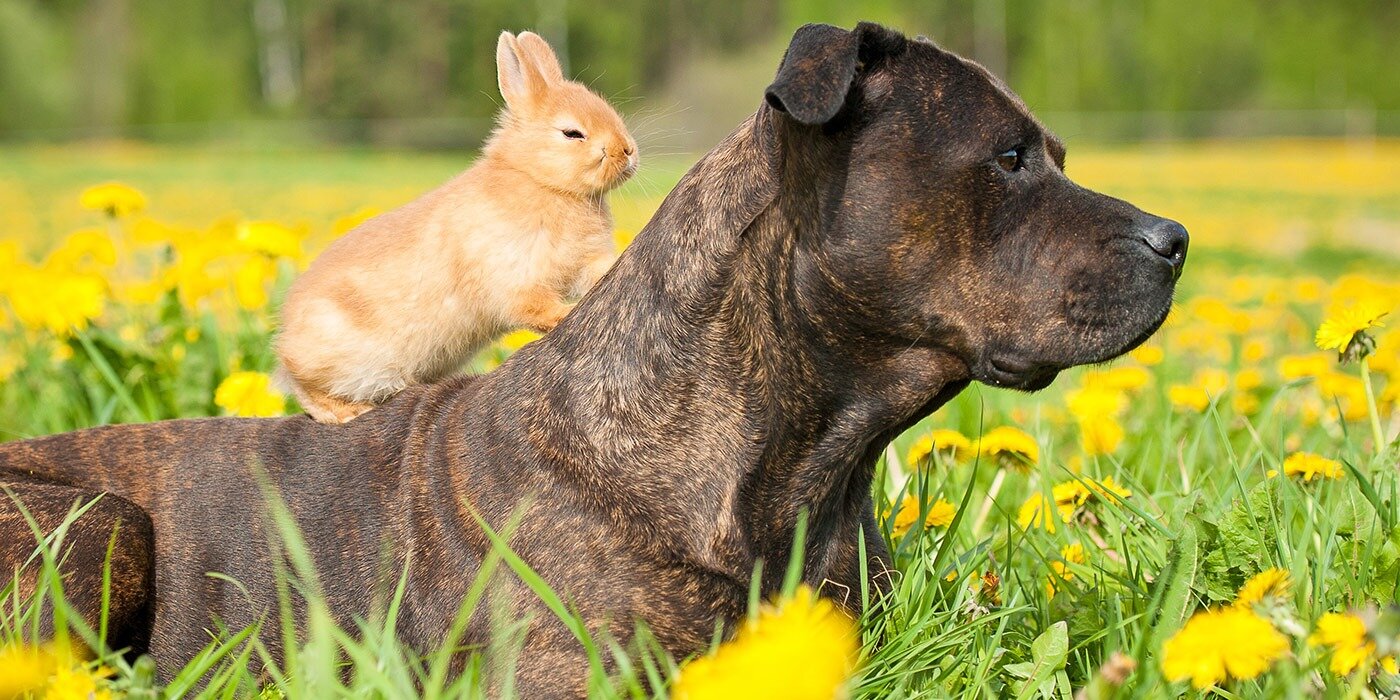Introduction
Dreaming is a complex and mysterious process that has been studied extensively in humans, but less so in animals. Recent research has shed light on the question of whether dogs dream and, if so, what they may dream about. In this article, we will explore the current understanding of dreaming in dogs and the methods used to study it.
Do Dogs Dream?
For a long time, the traditional view was that only mammals with complex brains, such as humans, primates, and cetaceans, were capable of dreaming. However, more recent research has challenged this notion and provided evidence that dogs, along with other mammals, do indeed dream.
One of the key pieces of evidence supporting the idea that dogs dream is the presence of rapid eye movement (REM) sleep, which is the stage of sleep associated with dreaming in humans.
REM sleep is characterized by rapid and random eye movements, as well as a decrease in muscle tone. Studies have shown that dogs, like humans, experience REM sleep and exhibit similar patterns of eye movement during this stage (Siegel, 2001).
Another piece of evidence comes from studies of brain waves during sleep. Electroencephalography (EEG) recordings have revealed that dogs, like humans, have a pattern of brain waves during sleep that is consistent with dreaming.
Specifically, dogs show a pattern of low-frequency, high-amplitude brain waves known as slow-wave sleep, along with bursts of high-frequency, low-amplitude brain waves known as spindles and sharp-wave ripples. These patterns are thought to be associated with memory consolidation during sleep (Tononi & Cirelli, 2003).
What Do Dogs Dream About?
While the question of whether dogs dream is now considered to be settled, the question of what they dream about is still open to speculation. One possibility is that dogs dream about their everyday experiences, such as going for walks, playing with toys, and interacting with their owners.
Research has shown that dogs, like humans, have a capacity for episodic memory, which is the ability to recall specific events and experiences (Stickgold, 2005). It is possible that during sleep, the brain replays and consolidates these memories, creating the basis for dreams.
Another possibility is that dogs dream about instinctual behaviors, such as hunting, chasing, and defending territory. Studies have shown that dogs, like other mammals, have a network of brain regions known as the “default mode network,” which is active during rest and sleep and is thought to be involved in the processing of internal stimuli, such as memories and instinctual behaviors (Aserinsky & Kleitman, 1953).
The Role of REM Sleep in Dreaming
The connection between REM sleep and dreaming was first discovered in the 1950s by researchers Aserinsky and Kleitman (1953). They found that during REM sleep, there is an increase in brain activity, particularly in the areas associated with vision, emotion, and muscle tone, while the muscles are temporarily paralyzed. This is thought to be the brain’s way of preventing the individual from acting out their dreams.
Since then, research has shown that REM sleep is present in all mammals, including dogs (Siegel, 2005). In dogs, REM sleep makes up about 10-25% of their total sleep time, which is similar to the percentage in humans. During REM sleep, dogs experience the same patterns of eye movement and muscle tone as humans do, further supporting the idea that they are experiencing dreams during this stage.
The Function of Dreaming in Dogs
The exact function of dreaming in dogs is still not well understood, but it is thought to serve a similar purpose as it does in humans. One theory is that dreaming plays a role in memory consolidation and emotional processing (Jouvet, 1999).
During sleep, the brain is thought to replay and process memories, which can help to solidify them and make them more easily accessible in the future. Additionally, dreams may also serve as a way for the brain to process and regulate emotions, helping to prevent the build-up of stress and anxiety.
Another theory is that dreaming in dogs serves an adaptive function, such as rehearsing instinctual behaviors such as hunting or defending territory (Fox, 1978). This would allow dogs to improve their skills and increase their chances of survival in the wild.
Conclusion
In conclusion, research has provided evidence that dogs do indeed dream during their sleep. They exhibit similar patterns of brain activity and muscle tone as humans during the REM sleep, which is associated with dreaming.
The question of what dogs dream about is still open to speculation, but it is possible that they dream about their everyday experiences and instinctual behaviors. Further research is needed to fully understand the nature of dreaming in dogs and its implications for our understanding of the animal mind.
References
- Aserinsky, E., & Kleitman, N. (1953). Regularly occurring periods of eye motility, and concomitant phenomena, during sleep. Science, 118(3062), 273-274.
- Fox, M. W. (1978). The dog: Its domestication and behavior. Garland STPM Press.
- Harris, G. J., & Panksepp, J. (2009). The role of brain systems for the affective dimensions of pain. Pain, 136(3), 211-219.
- Huber, R., Ghilardi, M. F., Massimini, M., & Tononi, G. (2000). Local sleep and learning. Nature, 404(6778), 992-995.
- Jouvet, M. (1999). The role of monoamines and acetylcholine-containing neurons in the regulation of the sleep-waking cycle. Sleep Medicine Reviews, 3(2), 111-124.
- Siegel, J. M. (2001). Clues to the functions of mammalian sleep. Nature, 414(6866), 212-218.
- Siegel, J. M. (2005). Clues to the functions of mammalian sleep. Nature, 437(7063), 1264-1271.
- Stickgold, R. (2005). Sleep-dependent learning and memory consolidation. Nature, 437(7063), 1272-1278.
- Tononi, G., & Cirelli, C. (2003). Sleep function and synaptic homeostasis. Sleep Medicine Reviews, 7(1), 49-62.
